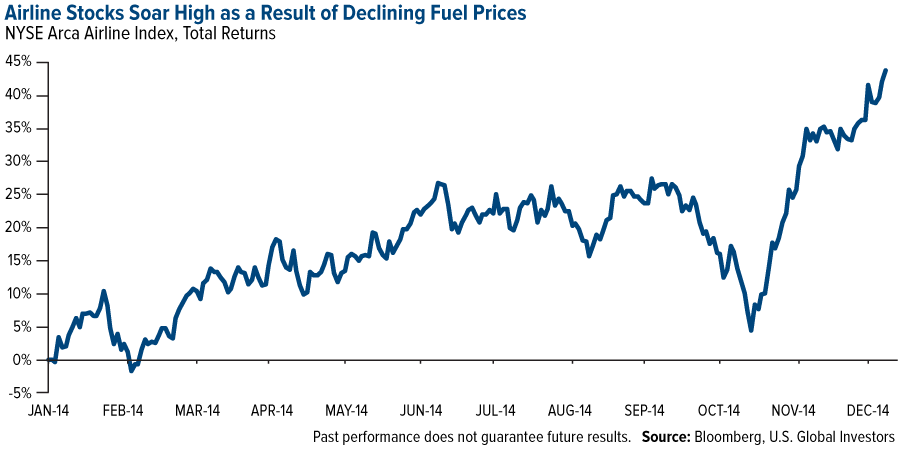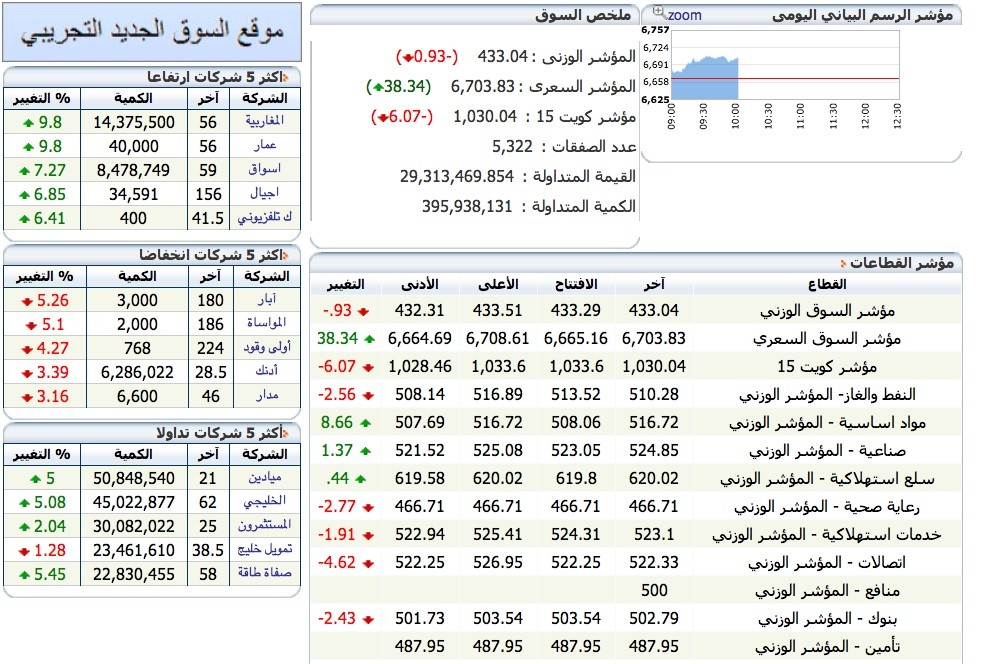Don t Fear HighFee Mutual Funds
Post on: 16 Март, 2015 No Comment

We’ve also seen reports on the evils of “hidden costs” of brokerage expenses borne by fund shareholders. These kinds of reports stimulate the old debate about expenses.
We frequently remind readers not to focus on expense ratios, management fees or 12b-1 charges when selecting equity funds. Some are surprised to learn that our system does not consider expense ratios when ranking funds.
This is not to say that the expenses don’t matter at all–they clearly drag proportionately on fund returns. But in a performance-based system, such as upgrading, all of the factors that affect investment success are incorporated into the bottom line: a fund’s total return. For instance, No-Load Fund X’s upgrading system involves continually allocating assets toward leading funds and selling laggards. The average fund-holding period tends to be greater than six months.
Even with regard to funds with similar investment styles, there is little short-term correlation between funds with the lowest expenses. Those with the best returns are not necessarily among the best performers. The difference between the highest expenses and the lowest is very small compared with the difference between the best- and worst-performing funds.
Because we actively manage our portfolios, it’s likely we won’t hold a fund long enough for high fees to matter. And if we do hold a high-expense fund for an extended period, it will be because the net performance of that fund is better than the lower-expense alternatives.
For example, one of the funds on our recommended list since October 2004 is Baron Partners Fund (BPTRX), a mid-cap growth fund, which is managed by Ron Baron. Baron’s expense ratio is 1.46%, and it carries a maximum 12b-1 fee of 0.25%. Indeed its fees are much stiffer than say, Fidelity’s Mid-Cap Stock Fund (FMCSX), which has an expense ratio of 0.7% and no 12b-1 fee. However, for the 12 months ending April 30, 2005, Ron Baron’s fund returned over 18%, and Fidelity’s lower-fee version produced a meager 2.69%.
Transaction fees are another matter.
Paying transaction fees can be painful and annoying, but there are a few things you should consider before limiting yourself to only no-tranaction-fee funds. There are both NTF and transaction-fee funds included in No-Load Fund X, and if you buy only NTF funds, you’ll limit your access to some top-ranked funds.

Find out how transaction fees work at your broker. There are considerable differences in the amount of a transaction fee and how these fees are applied. For example, some broker redemption fees only apply to NTF funds. Use the table below as a starting point.
Consider transaction fees as a percentage of your position. If you place smaller trades (say, $5,000), transaction fees will be expensive. For larger purchases (say, $100,000), such fractional cost is insignificant.
Determine the minimum-size trade for transaction-fee funds and how many of these fees you’re willing to pay per year. If you are investing $2,500 in a fund, you really should buy NTF. If you are buying $25,000 or more, consider paying the fee.
The following table of fees refers only to those fees charged by the broker in retail accounts. Funds may have redemption fees as well. All data are as of May 1, 2005.
Source: No-Load Fund X, May 2005














